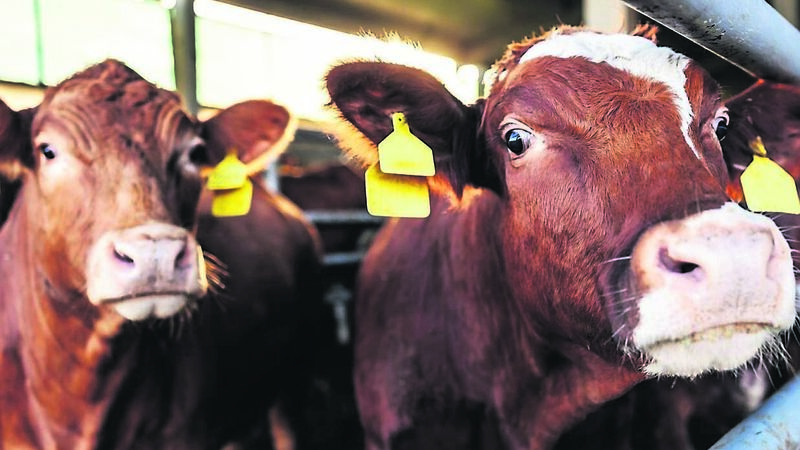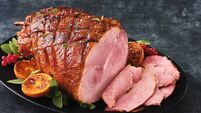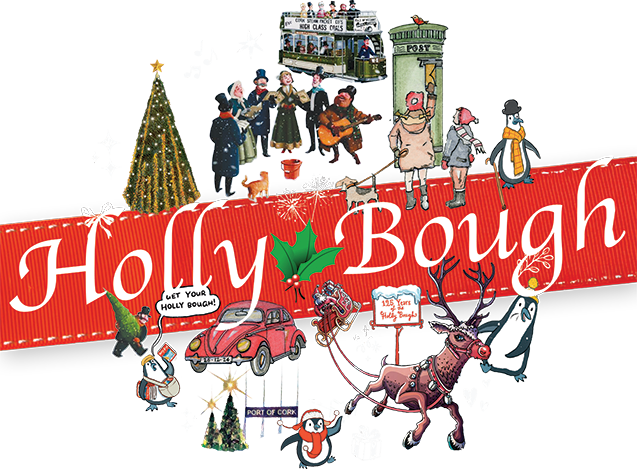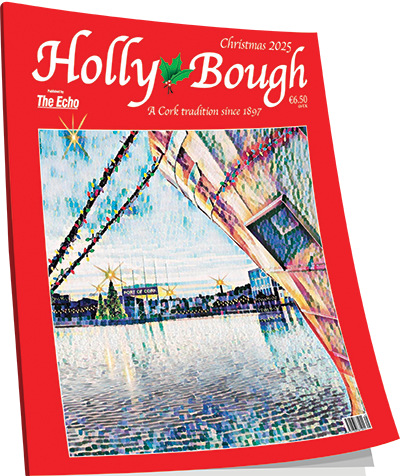The EU-Mercosur deal: Next steps for trade agreement

Mercosur, short for Mercado Común del Sur or Southern Common Market, is South America’s largest trading bloc. Together, the EU and Mercosur represent a market of more than 720m people and nearly a quarter of global GDP.
This quota has Irish beef farmers on high alert, with the Irish Farmers’ Association and the Irish Cattle and Sheep Farmers’ Association remaining strongly opposed. Normally, tariffs on imported beef are 40-45%. Farmers fear cheaper imports will undercut EU producers and drive down prices.
To calm farmer concerns, the European Commission has promised protections. A new “unity safety net” worth €6.3bn will be available to support farmers during market shocks, effectively doubling the current EU agricultural reserve. The deal also includes bilateral safeguards, allowing temporary protective measures if imports threaten EU industries.
One crucial detail is how the deal will be ratified. The Commission confirmed that EMPA will be split into two agreements.
Beyond farming, the deal has a geopolitical dimension. With Donald Trump back in the White House and tariffs of 15% imposed on EU imports, Brussels is eager to diversify trade partnerships. China’s growing influence in South America has also spurred the EU to strengthen ties with Mercosur. In many ways, the agreement is Europe’s attempt to prove that the rules-based trade order can survive turbulence from Washington.
Ratification will be politically fraught. Even though the iTA avoids unanimity, at least 15 member states representing 65% of the EU population must still back it under qualified majority voting. France, Poland, Italy, the Netherlands, Austria, and Ireland have all voiced opposition or serious concerns.
- European Movement Ireland (EMI) is a not-for-profit, non-political, membership-based organisation. Since 1954, EMI’s mission has been to develop the connection between Ireland and Europe and to achieve greater public understanding of the European Union.







 App?
App?





